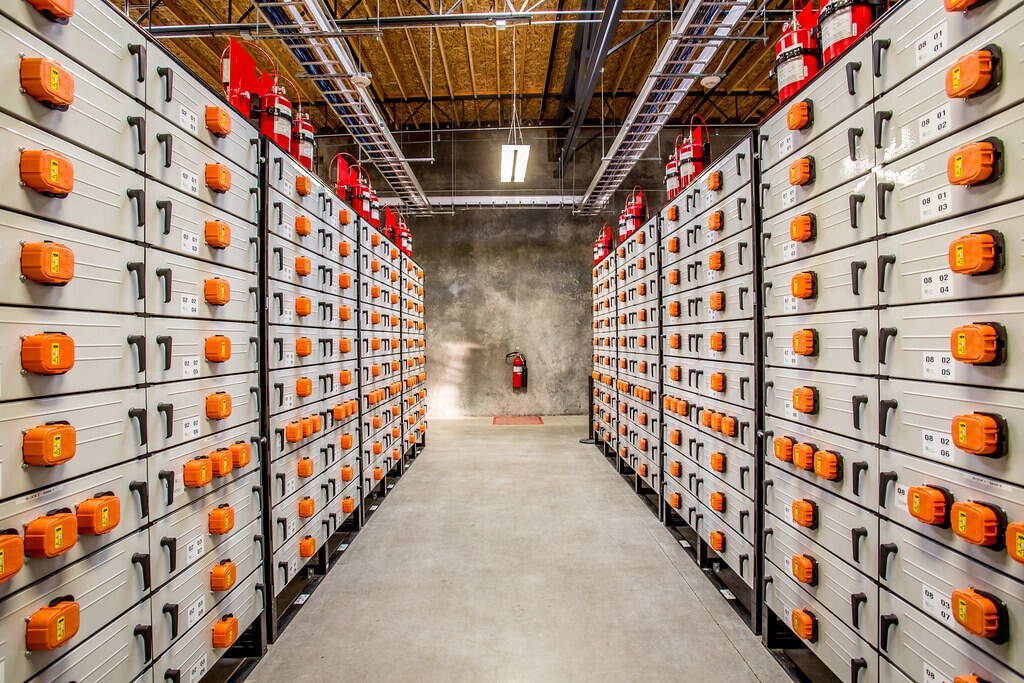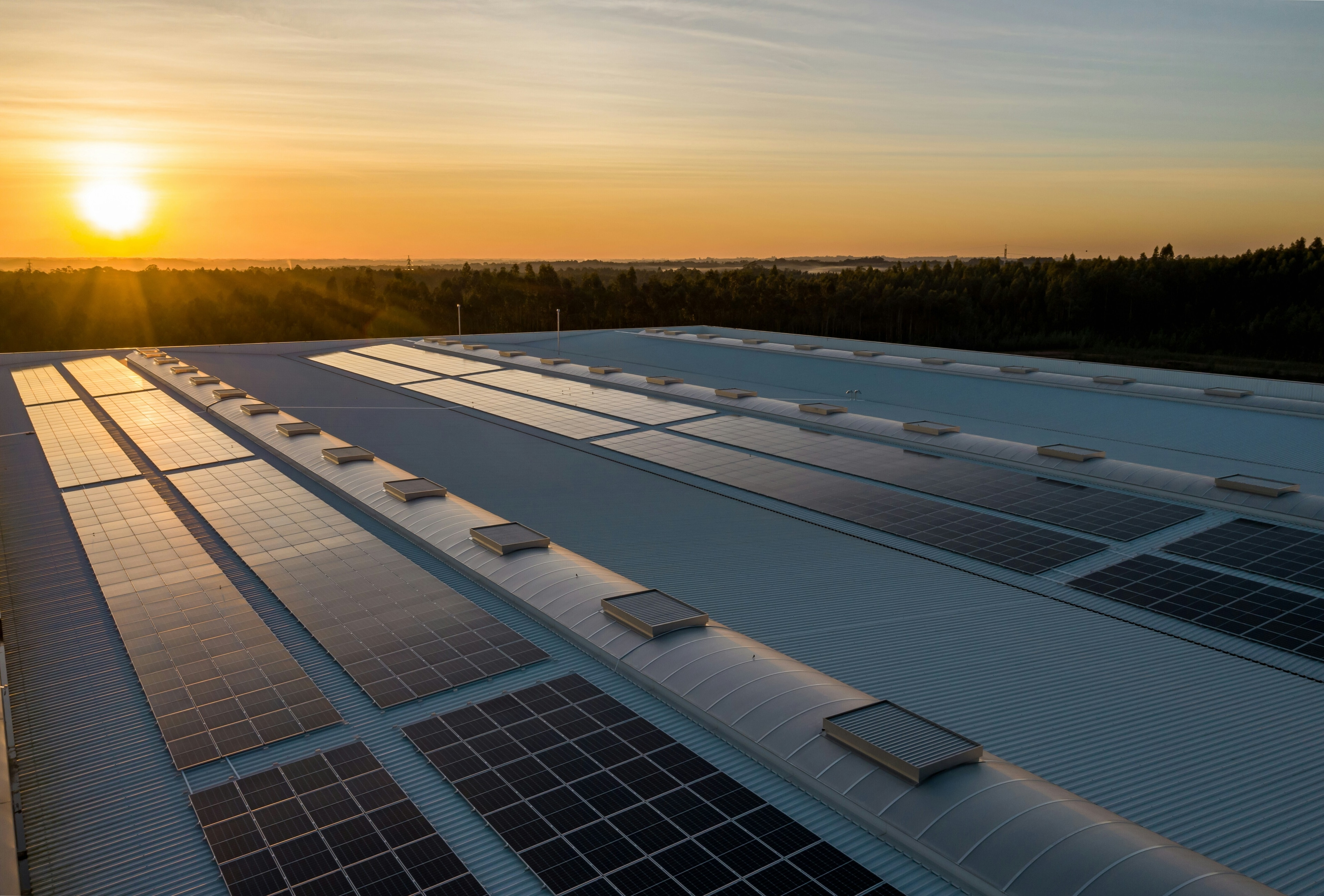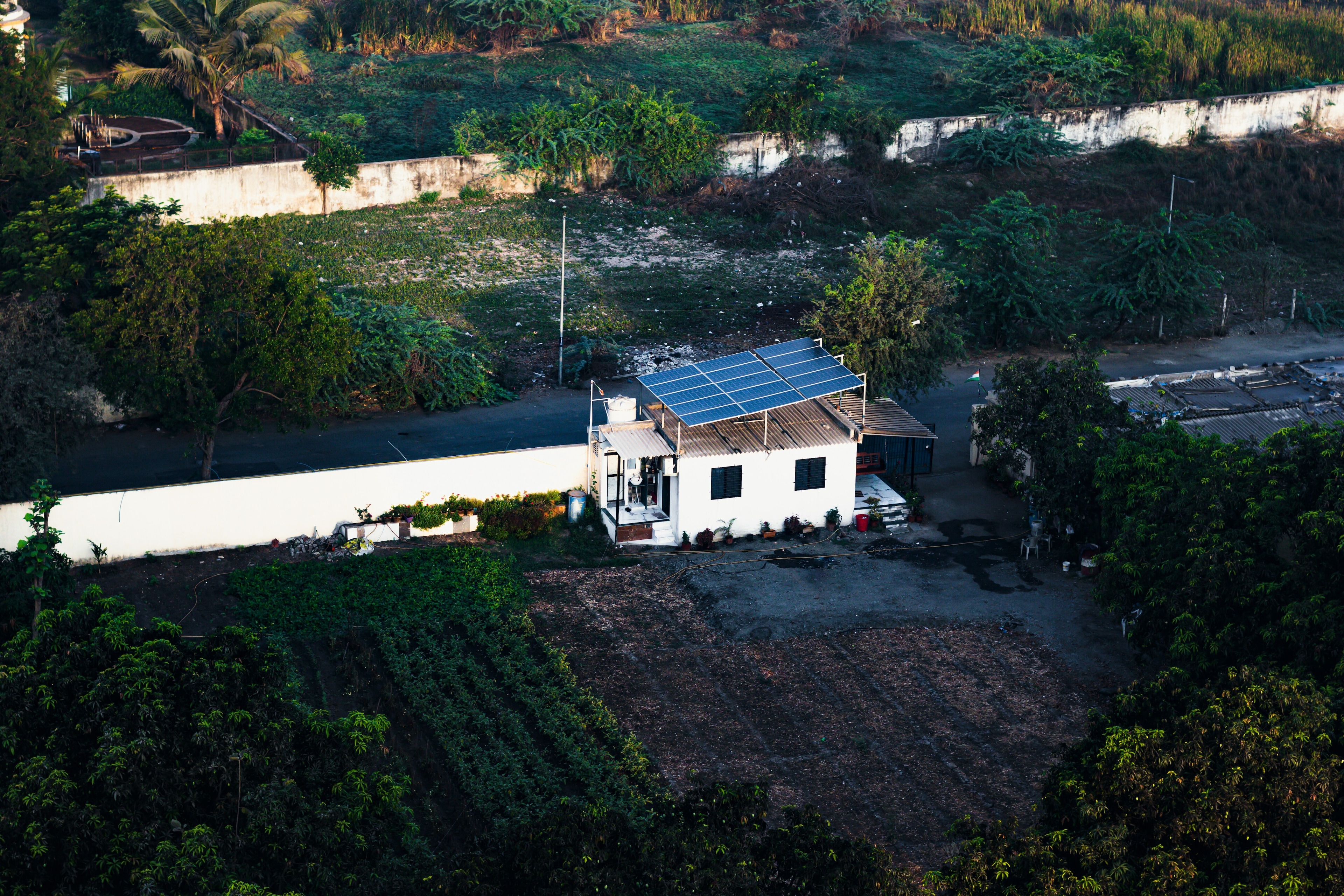How to finance battery energy storage and ensure constant clean energy

Battery energy storage system. Image: Creative Commons/Portland General Electric
Labanya Prakash Jena
Senior Manager and Head, Centre for Sustainable Finance, Climate Policy Initiative
Get involved with our crowdsourced digital platform to deliver impact at scale
Stay up to date:
Energy Transition
- Battery energy storage systems (BESS) can help address the challenge of intermittent renewable energy.
- Large scale deployment of this technology is hampered by perceived financial risks and lack of secured financial models.
- Innovative financial models can encourage both project developers and users, resulting in widespread adoption of BESS.
The rapid adoption of clean energy, such as solar, wind, and hydropower, is the key to decarbonizing energy systems and limiting global warming. However, most of these clean energy technologies are inherently intermittent and have fluctuating features. While the intermittence feature of clean energy doesn’t allow us to have 24/7 energy, fluctuating features destabilize the grid. These scenarios are not ideal for the modern energy system.
Battery energy storage systems (BESS) are accepted as one of the key solutions to address these challenges. BESS can respond to real-time renewable energy fluctuation challenges through its fast response capability (congestion relief, frequency regulation, wholesale arbitrage, etc.).
Simultaneously, it can generate, and release stored clean energy at any time when the wind is not flowing and the sun is not shining. This can address challenges pertaining to the adequacy of power. Additionally, BESS can provide benefits such as creating contingency reserves, network upgrade deferral opportunities, fixed/variable charge reduction, etc.
Challenges to financing the growth of battery energy storage
Presently, the adoption of BESS is low, and the growth of adoption is less than desired. As per the International Energy Agency (IEA), global BESS capacity was 85 GW at the end of 2023 and needs to reach 1200 GW by 2030 to enable seamless grid-integration of renewable energy, with net-zero 2050 emissions scenario as a target. However, the Stated Policies Scenario (STEPS) estimates that BESS capacity will be only about 760 GW, which is significantly less than the requirements.
There are several challenges to the adoption of BESS, one of the prominent ones being financial risks attributed to novel technology and the absence of a secured financial model. Technological risk is related to the performance of the system, unproven track record of warranty providers (manufacturers who are recent), partially consolidated supply chains, and supporting infrastructure. Although risk-taking investors seeking a higher return on their investment in BESS can translate into higher energy tariffs, it is not ideal for large-scale adoption of BESS.
Moreover, the capital available with this class of investors is limited compared to this solution's growth potential. The large-scale adoption of BESS needs the active participation of low-risk/low-cost capital providers and established financial sector players such as banks, pension funds, and insurance companies, better known as institutional investors. This warrants the adoption of comprehensive investment risk mitigation measures.
Role of development finance institutions is critical in developing countries
IEA states that capital flows for BESS are concentrated in China and the developed world because of the high cost of capital for clean energy projects in emerging economies. Here, multilateral development banks (MDBs) and Development Financial Institutions (DFIs) can, by virtue of their climate and development mandate and better credit ratings than companies in developing countries, create an impact-multiplier effect on two fronts: generating a “pull factor” for substantially increasing the scale of funding; and judicious capital allocation across clean energy value chain and geographic areas.
MDBs and DFIs can provide conventional soft loans to national-level public finance institutions of middle/low-income economies for mission-mode development and deployment of BESS capabilities. Such measures can help improve the creditworthiness of BESS projects in these countries resulting in a reduced cost of capital for them. Participation of DFIs, in many ways, has the effect of incorporating a risk-mitigation measure and can crowd-in private capital. A stream of DFI funding can also be partially dedicated to creating a robust talent pipeline for BESS ecosystems.
To ensure further optimization and judicious allocation of their scarce capital at the fastest possible pace, DFIs can choose to underwrite only the interest component of debts taken by BESS technology/project developers. The quantum of DFI/MDB money involved in such structured transactions is typically much smaller than the amounts committed for conventional soft loans. Such mechanisms can achieve the dual goal of increasing the creditworthiness of BESS projects while freeing up precious DFI/MDB capital for achieving wider geographical coverage to reach the most underserved communities.
How is the World Economic Forum facilitating the transition to clean energy?
Blended financing
Blended financing as a financial model may be considered where public capital is used as a first-loss capital or guarantee for BESS projects to crowd in private investors. This offers comfort to private financers to provide capital at a competitive rate. Independent BESS projects, only supporting renewable energy projects, can be bundled together, and issued as green bonds to potential large investors. Partial credit guarantee (PCG) can be provided by public capital providers that can improve the credit ratings of green bonds, which is necessary to attract low-risk and low-return seeking private investors.
Outcome-based financing
Debt financing can be structured in such a way that BESS is optimally used. For example, the outcome can be a number of charge/discharge cycles, the ability to respond to supply/demand with very low breakdown times, the cost of supplying electricity, the ability to recycle after-life BESS systems, etc. All these incentives can entice developers to come up with smart combinations of BESS technology, business, and execution models. It also sends a signal to manufacturers to produce superior-quality and environmentally benign BESS equipment.
New-age business models
New-age business models such as battery-as-a-service (BaaS) allows the user to avoid high-upfront costs and technology performance risks. BaaS includes Customized Leasing Models (CLM) where the lessor bears the upfront capital. This can cater to the evolving needs (back-up power, distributed energy, and self-consumption optimization) of residential, commercial and industrial (C&I) consumers while promoting behind-the-meter deployment.
Consumers can simultaneously procure electricity from distribution grids while selling surplus electricity produced from rooftop solar systems. Similar business models can also be explored for front-of-the-meter players like electricity generation and transmission companies. BaaS can spare such companies from incurring high upfront capital for BESS and optimize investments in grid upgrades. Here, governments, MDBs, and DFIs, in conjunction with relevant private capital providers, can accelerate the adoption of this business model.
Another evolving model that can create an additional revenue stream for BESS adopters is the trading of green credits by virtue of facilitating clean energy. This is increasingly relevant as more countries are establishing structured and regulated carbon markets in their jurisdictions as per global best practices. Carbon credits earned from BESS projects can be traded in the market at a favourable price.
BESS is considered as a “sunshine industry”. Thus, it is important for technology, business, and policy stakeholders to forge a winning partnership to help the global economy leapfrog into a net-zero future.
The views expressed in this article are those of the authors alone and not their employer.
Don't miss any update on this topic
Create a free account and access your personalized content collection with our latest publications and analyses.
License and Republishing
World Economic Forum articles may be republished in accordance with the Creative Commons Attribution-NonCommercial-NoDerivatives 4.0 International Public License, and in accordance with our Terms of Use.
The views expressed in this article are those of the author alone and not the World Economic Forum.
Related topics:
The Agenda Weekly
A weekly update of the most important issues driving the global agenda
You can unsubscribe at any time using the link in our emails. For more details, review our privacy policy.
More on Energy TransitionSee all
Rishabh Mishra
May 14, 2024
Vee Li and Zhang Xun
May 13, 2024
Jesse Saldivar, Alaina Ladner, Marc Starkey and Brittany Syz
May 13, 2024
Fahad Al-Dhubaib
May 10, 2024
Jennifer Rosen
May 10, 2024






